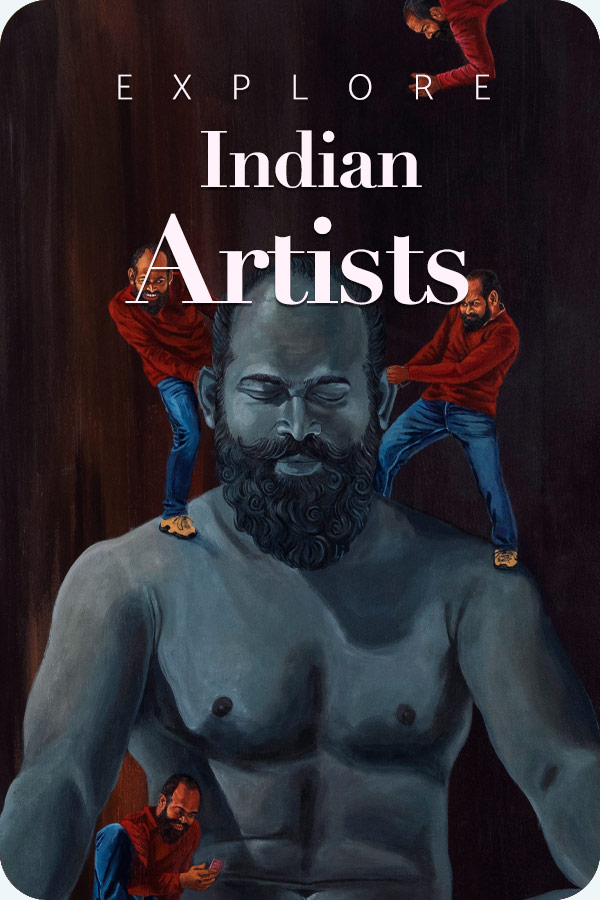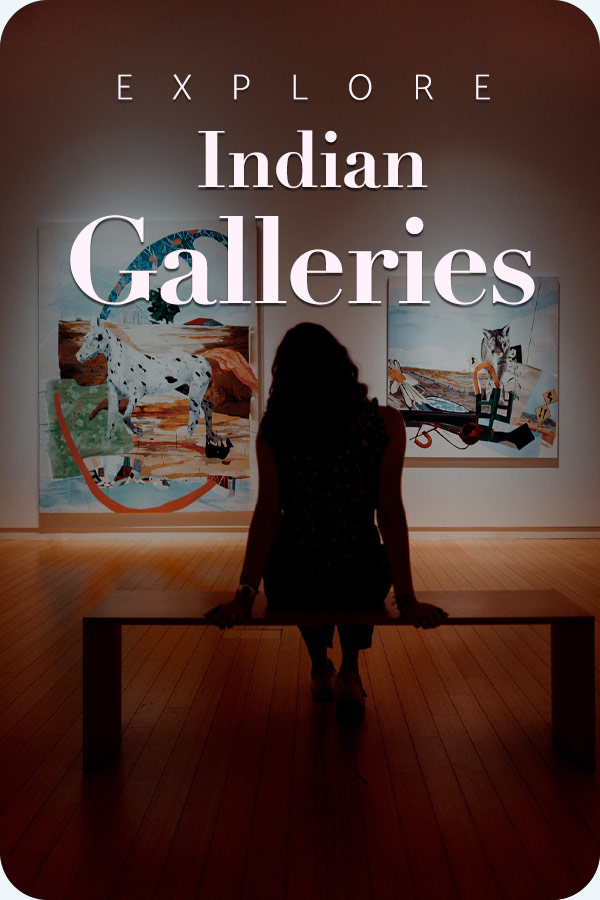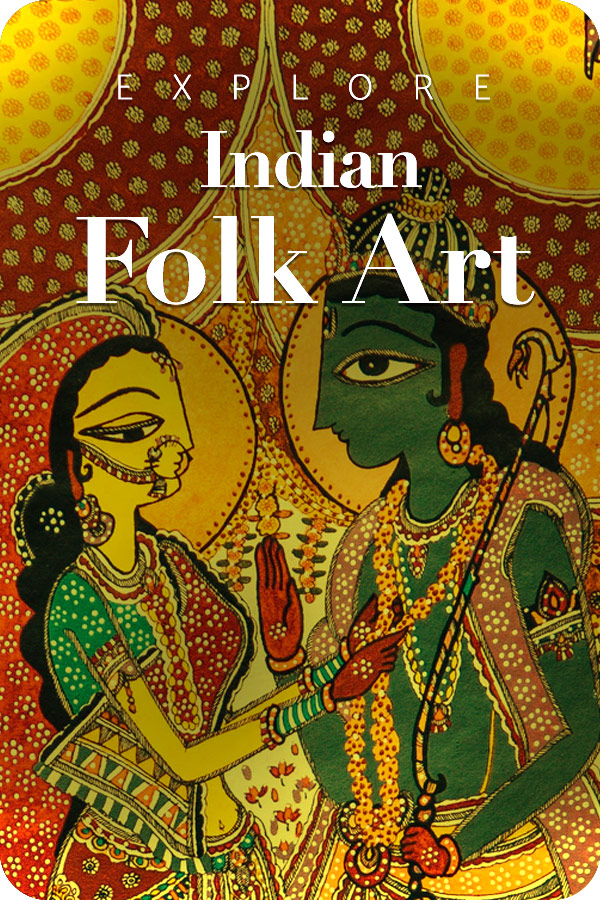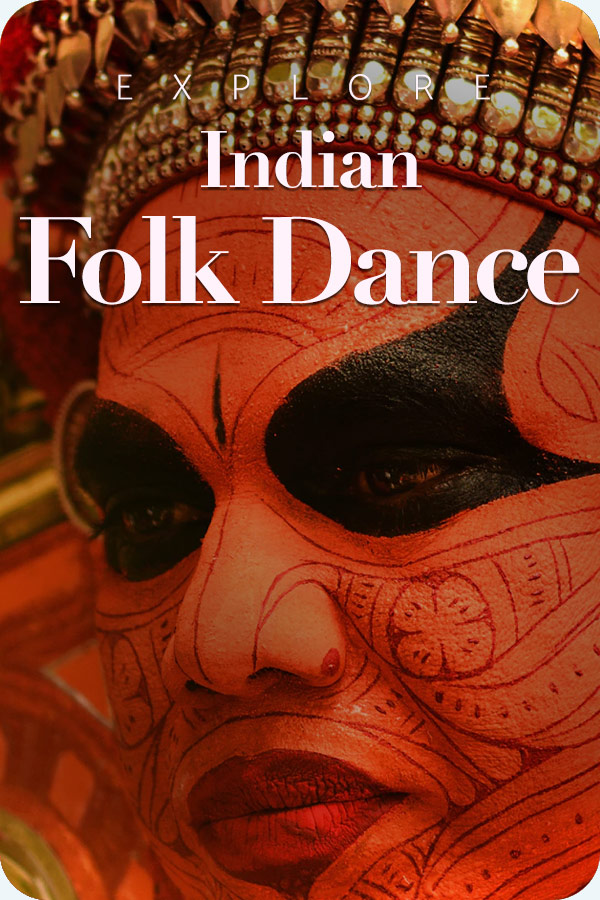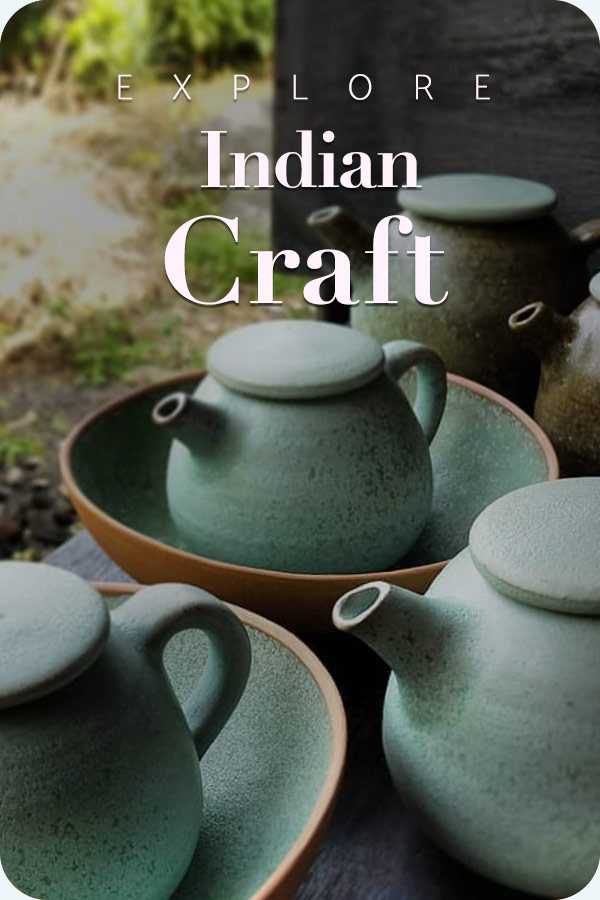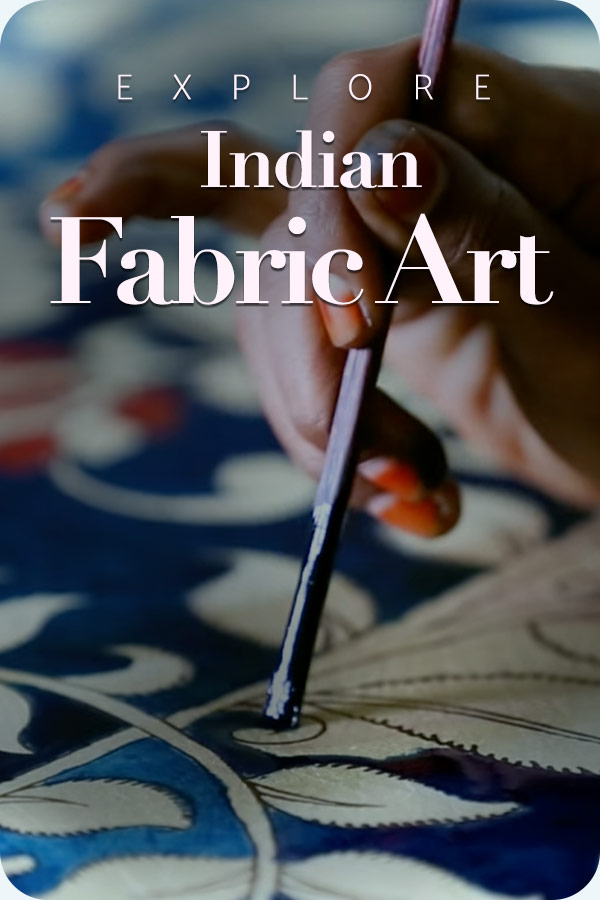
Acting and drama are an integral part of any culture. Performed for an audience on a stage, theatre is one of the best known real time expressions of art that are both entertaining and purposeful. Finding a story unfold through characters acting out a part leaves a more lasting effect on the minds of an audience than say, reading the story or hearing it. And hence, the importance of theatre and drama in the cultural landscape is necessary.
Traditional theatre has been prevalent in India since ancient times. Enacted by bards who traveled from one village to another the stories were based on epics of Mahabharat and Ramayan, as well as, the Puranas and Upanishads. Sanskrit dramas have been around since the 15th century where actors were given respect even in the courts of Kings. The folk enactment was also the best way to educate the rural illiterate masses. A lot of dramas or stories are also related to specific events or festivals, such as Ramlila and Raslila.
Traditional Theatre Art in India

Traditional theatre is the earliest form of theatre in India. It is closely related to the Natya Shastra, which is the fundamental bible for all classical dances and arts in India. The storytelling was woven with dance and song, for example, Kathak or through paintings and scrolls, such as scroll paintings. The main idea was to pass on the stories of spiritual and religious content, as well as, character and moral building plots to educate the masses. This form of traditional theatre hence as a religious or spiritual base.
Regional Folk Theatre Art in India
From folklore and stories from epics, traditional theatre has its many regional variations. The costumes, entry of characters and form of narrative are vivid and loud. There is a song, dance, music and storytelling that is usually rooted in festivals, events, incidents that derived from epics, folks, texts and traditional customs. Here unlike traditional form of theatre, the content incorporates social events too.

However, folk theatre too underwent a gradual shift of sorts. From the stage of dancing and singing, with the coming of the Muslim rule and conquests, folk theatre also began to change in many ways. Folk Theatre also came to be known as regional theatre because of different regions adopting their languages and themes to elucidate content and stories. Some of the examples of regional theatre are below:
- Koodiyattam from Kerala
- Swang from Rajasthan, Haryana and UP
- Yakshagana in Karnataka
- Bhand Paather in Kashmir Folk Theatre
- Tamasha from Maharashtra
- Ankiya Naat Bhaona from Assam
- Therukoothu in Tamil Nadu
- Jatra in Orissa and Bihar
- Dashavtaar from Maharashtra and Goa
- Bhavai in Gujarat
- Karyala in Himachal
- Ramman in Uttarakhand
Pre – Independence Theatre Art

The traditional forms of regional theatre with the coming of British and colonial rule didn’t garner much popularity. They in fact, always flourished in the courts of kings, and continued to in only the princely states to a certain extent. The British introduced and sow the seeds of regional theatre based on state divisions. And thus came the advent of many state theaters, such as Bengali Theatre, Malayalam Theatre, Gujarati Theatre and more.
However, during the Independence movement the regional state theatres became a poignant force in
Modern Theatre Art

Modern theatre or the theatre of our times, is one that specializes in acting, production, direction and the various aspects of drama. This form is taught in classes and is a viable professional and creative field. A lot of fine actors find their vocational calling in theatre and are big names in the field of arts and cinema.
Regional state theatre still owns a very important creative space in India. Plays directed and acted in regional languages may not be as popular as regional cinema, but they are not totally washed out either. A lot of youngsters and artists find expressions in regional theatre which often also becomes the platform to foray into digital and cinematic fields. Yet, the traditional regional forms of theatre have today reached the stage of heritage, with some, such as Koodiyattam officially being recognized by UNESCO as a Masterpiece of the Oral and Intangible Heritage of Humanity.

English Theatre has also become popular in modern times. Though it gained momentum during the British rule it remains a popular medium of intelligentsia and elite today. Since English language is also widely spoken in urban centers of India, English Theatre is a solid medium for opinions, stories and social changes.
Speech and drama have always been seamlessly a part of our culture and society. At times it was viewed with awe when patronized by royalty or at scorned at during the early 19th and 20th century when thought of cheap ways of entertainment. Indian theatre has seen its ups and downs, its fans and fallouts and continues to charter its own course.


